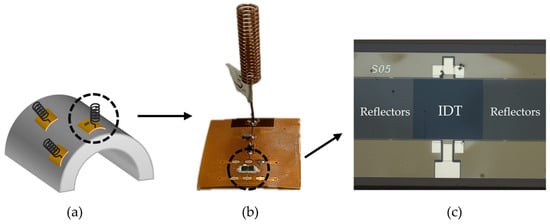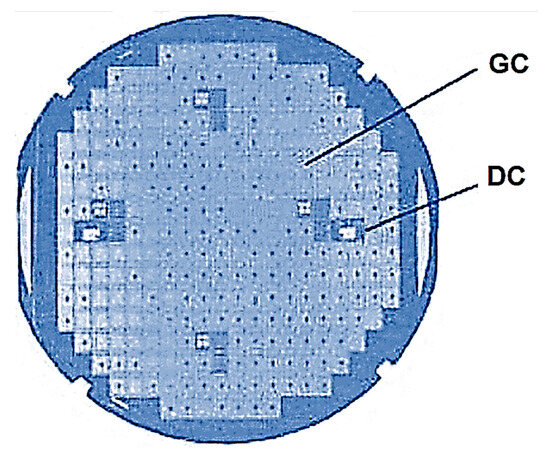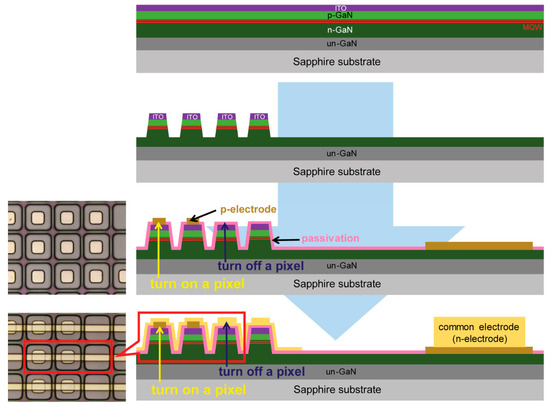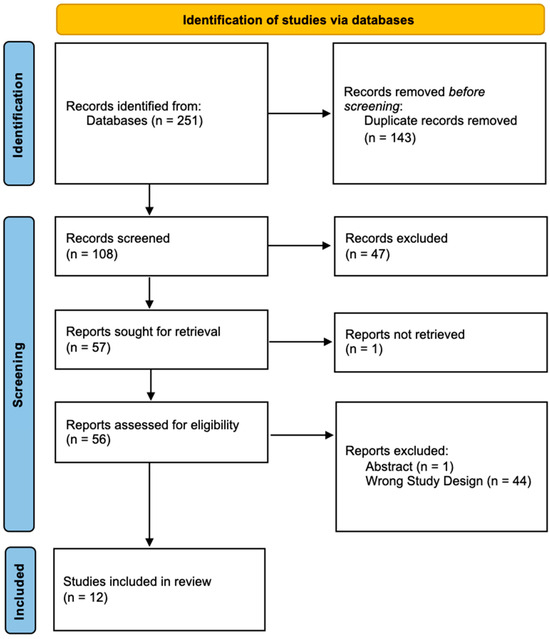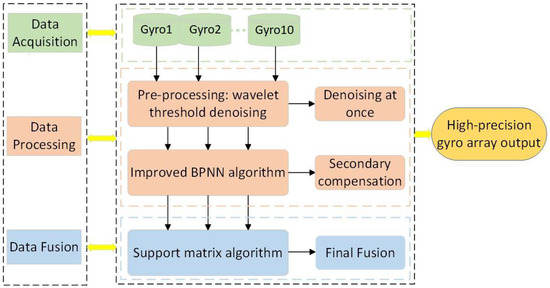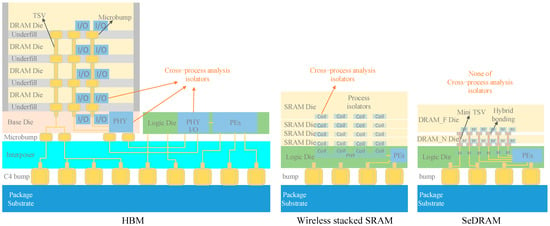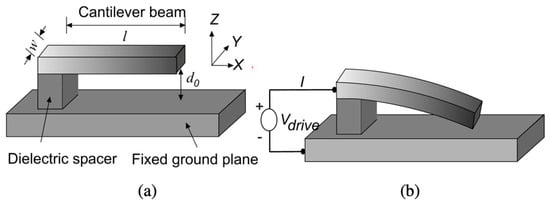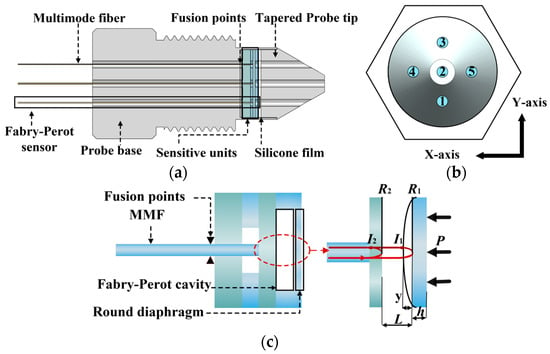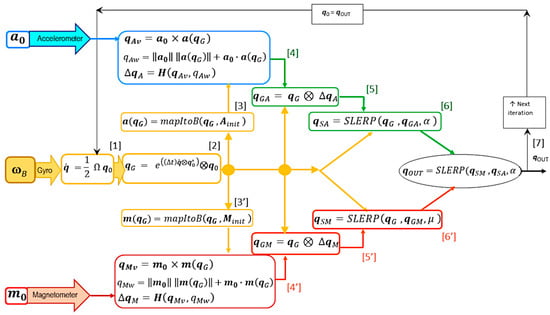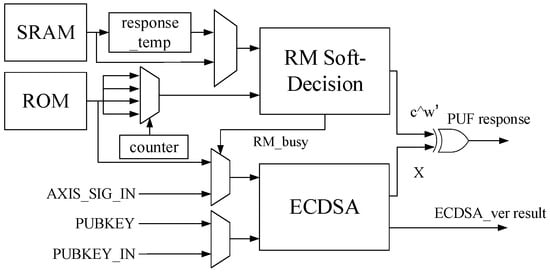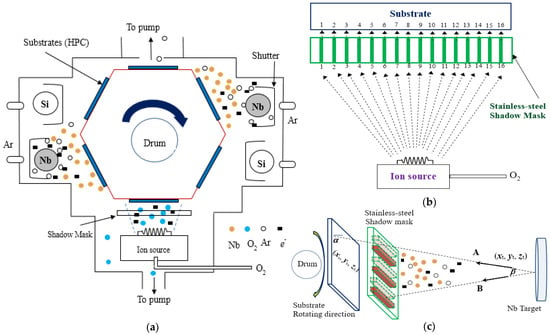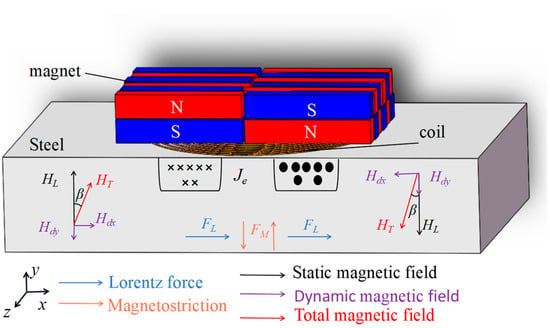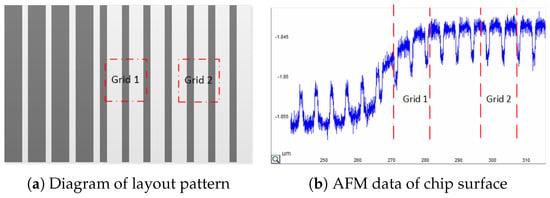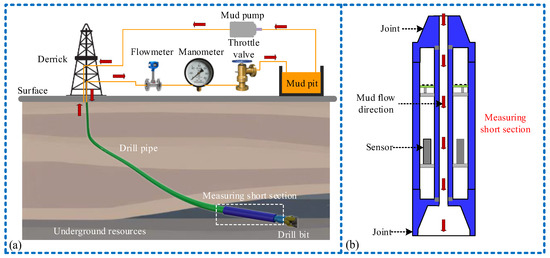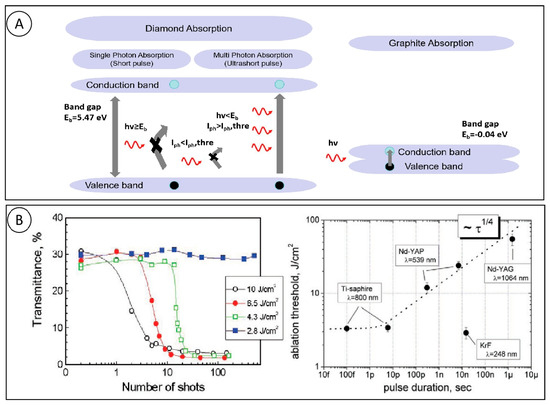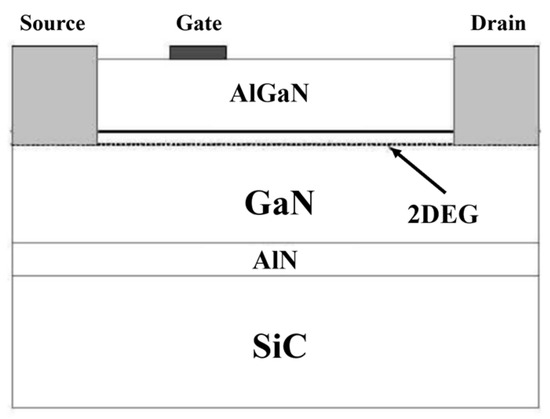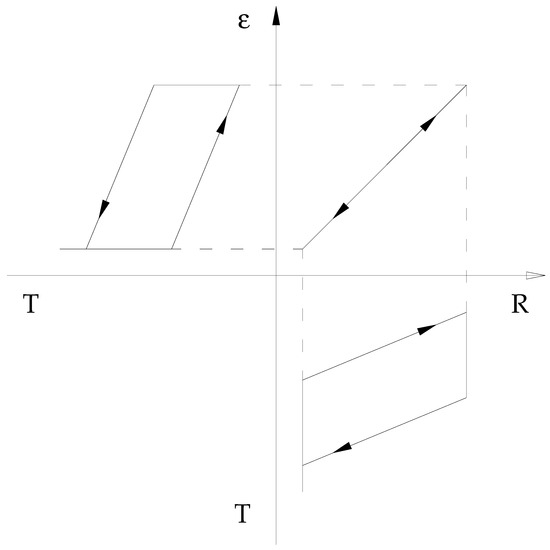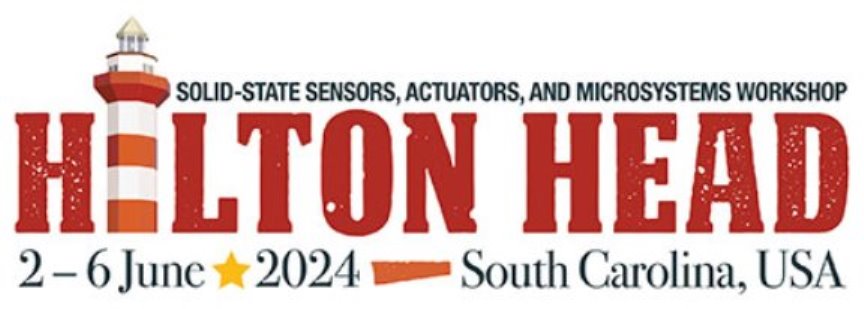-
 Application of Braided Piezoelectric Poly‐l‐Lactic Acid Cord Sensor to Sleep Bruxism Detection System with Less Physical or Mental Stress
Application of Braided Piezoelectric Poly‐l‐Lactic Acid Cord Sensor to Sleep Bruxism Detection System with Less Physical or Mental Stress -
 A Review on Machining SiCp/Al Composite Materials
A Review on Machining SiCp/Al Composite Materials -
 Design of a Micro-Electro Mechanical System Quad Mass Gyroscope with Compliant Mechanical Amplification
Design of a Micro-Electro Mechanical System Quad Mass Gyroscope with Compliant Mechanical Amplification -
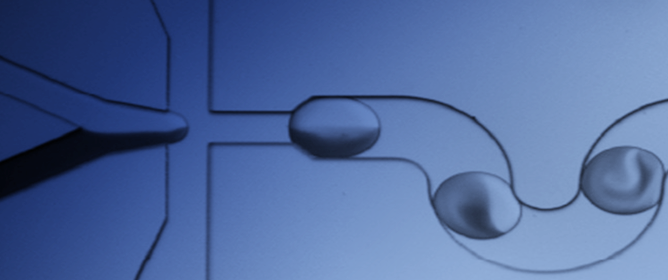 Image-Based Feedback of Multi-Component Microdroplets for Ultra-Monodispersed Library Preparation
Image-Based Feedback of Multi-Component Microdroplets for Ultra-Monodispersed Library Preparation
Journal Description
Micromachines
- Open Access— free for readers, with article processing charges (APC) paid by authors or their institutions.
- High Visibility: indexed within Scopus, SCIE (Web of Science), PubMed, PMC, Ei Compendex, dblp, and other databases.
- Journal Rank: JCR - Q2 (Chemistry, Analytical) / CiteScore - Q2 (Mechanical Engineering)
- Rapid Publication: manuscripts are peer-reviewed and a first decision is provided to authors approximately 16.1 days after submission; acceptance to publication is undertaken in 1.9 days (median values for papers published in this journal in the second half of 2023).
- Recognition of Reviewers: reviewers who provide timely, thorough peer-review reports receive vouchers entitling them to a discount on the APC of their next publication in any MDPI journal, in appreciation of the work done.
- Testimonials: See what our editors and authors say about Micromachines.
Latest Articles
E-Mail Alert
News
Meet Us at the 16th International Conference on Hybrid and Organic Photovoltaics, 13–15 May 2024, Valencia, Spain
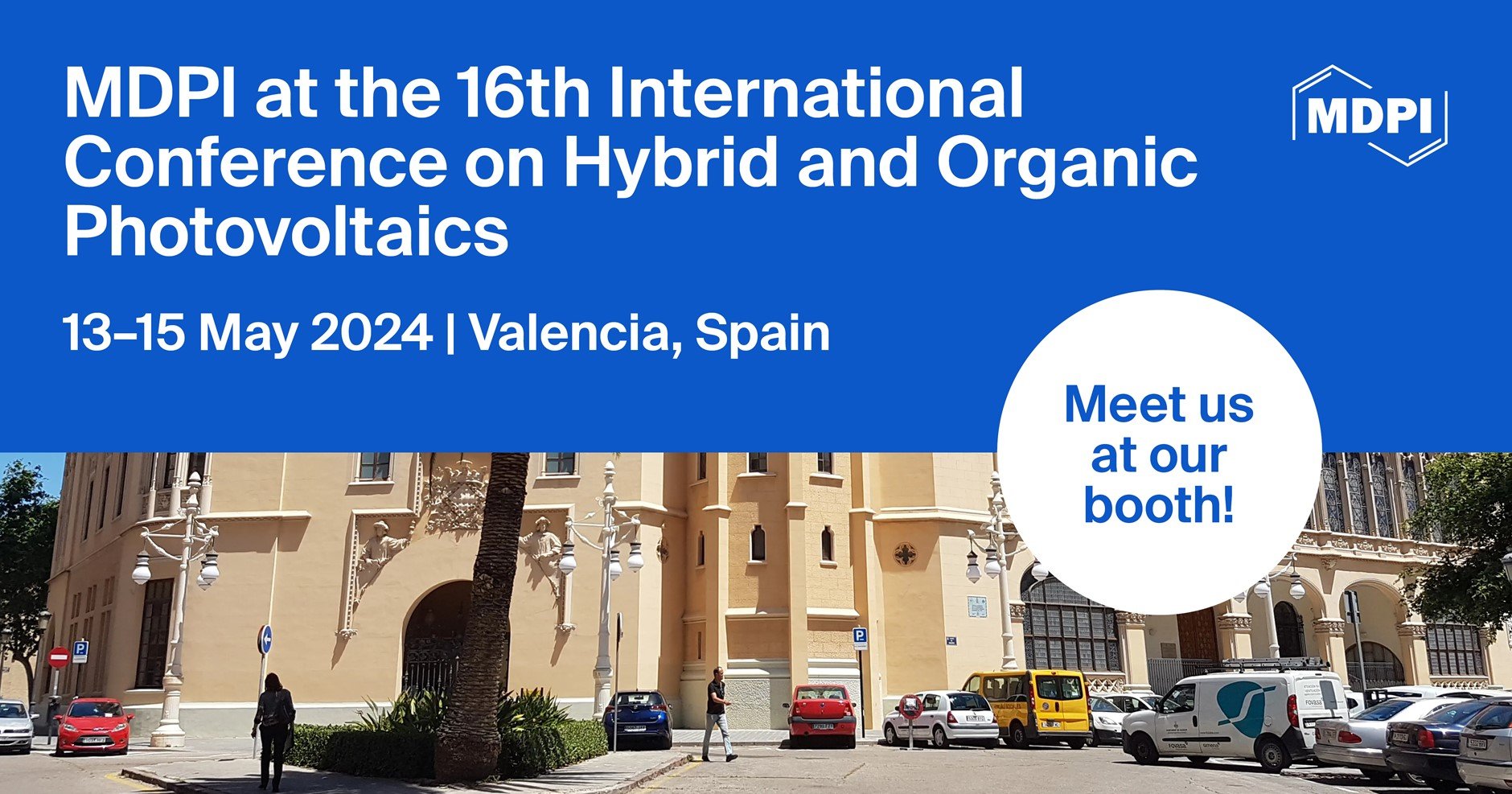
Topics
Deadline: 30 June 2024
Deadline: 5 October 2024
Deadline: 31 October 2024
Deadline: 31 December 2024
Conferences
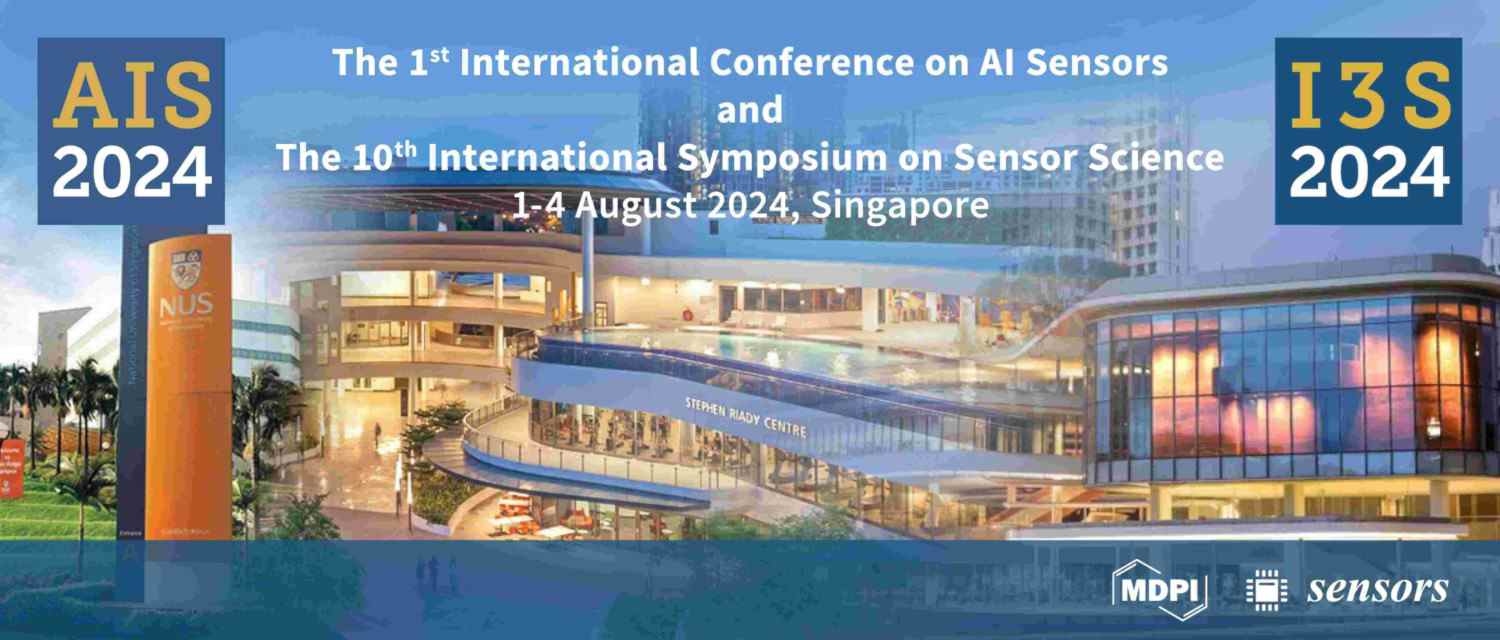

Special Issues
Deadline: 30 April 2024
Deadline: 15 May 2024
Deadline: 30 May 2024
Deadline: 15 June 2024




